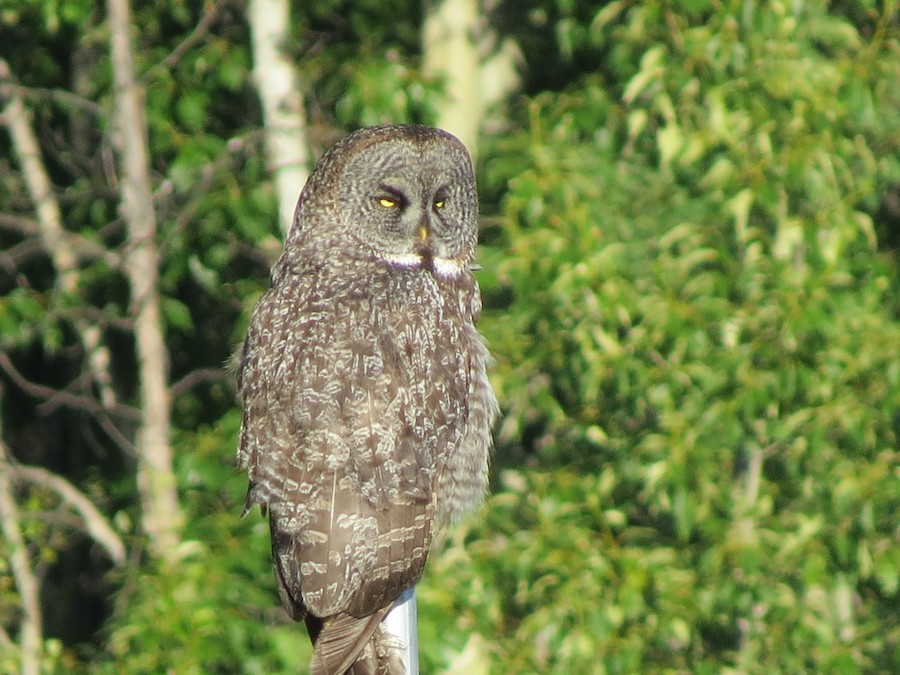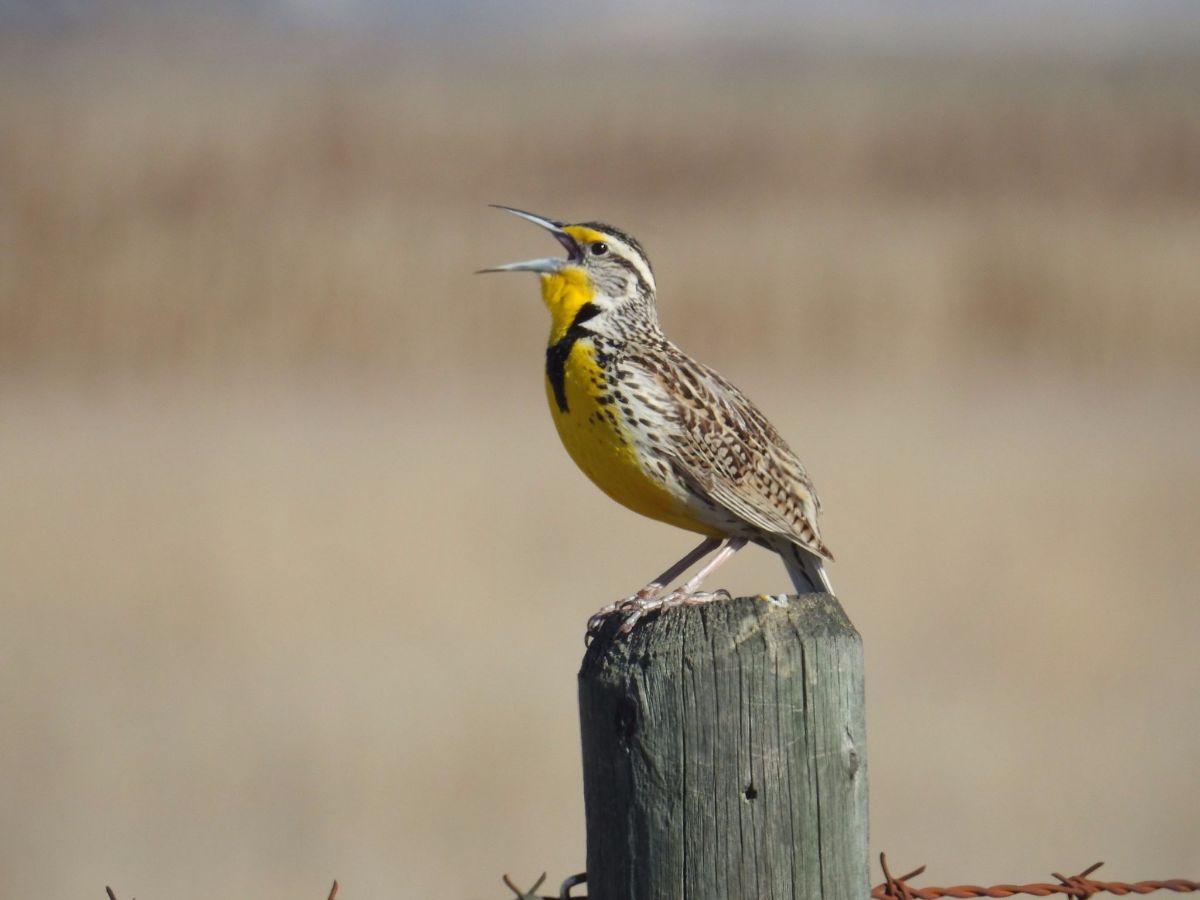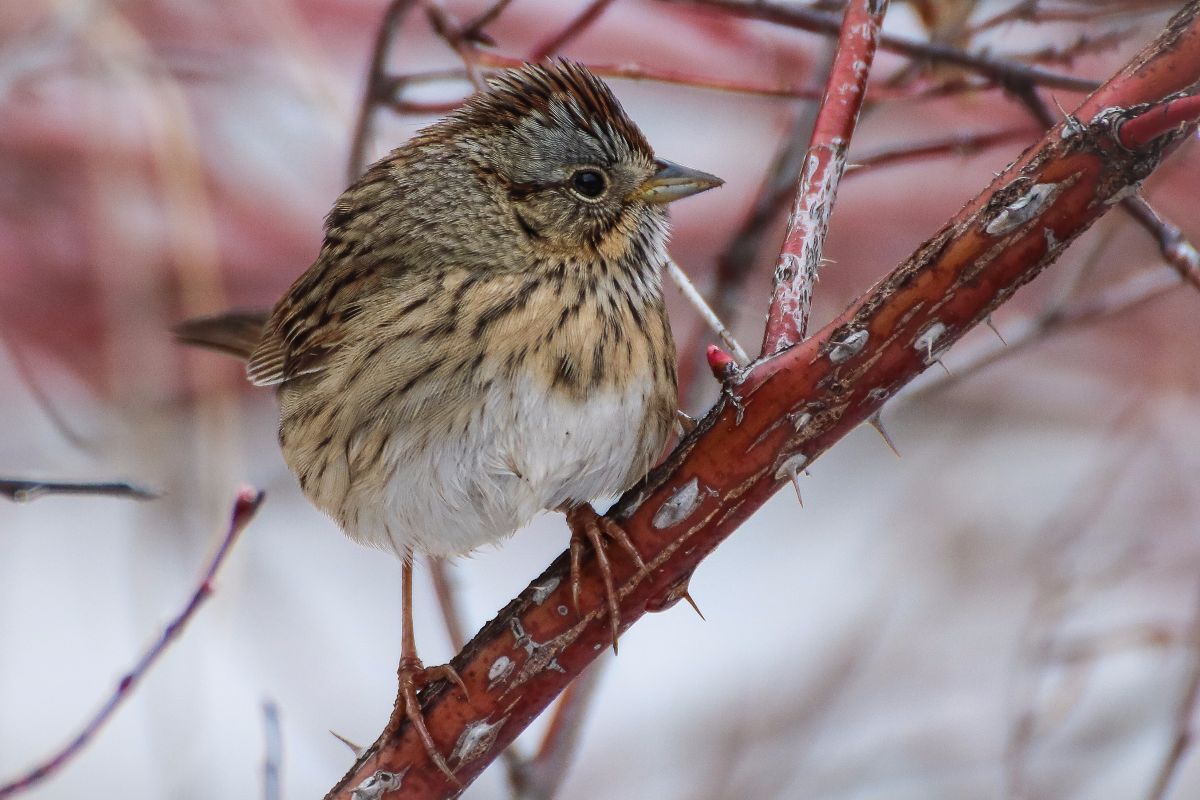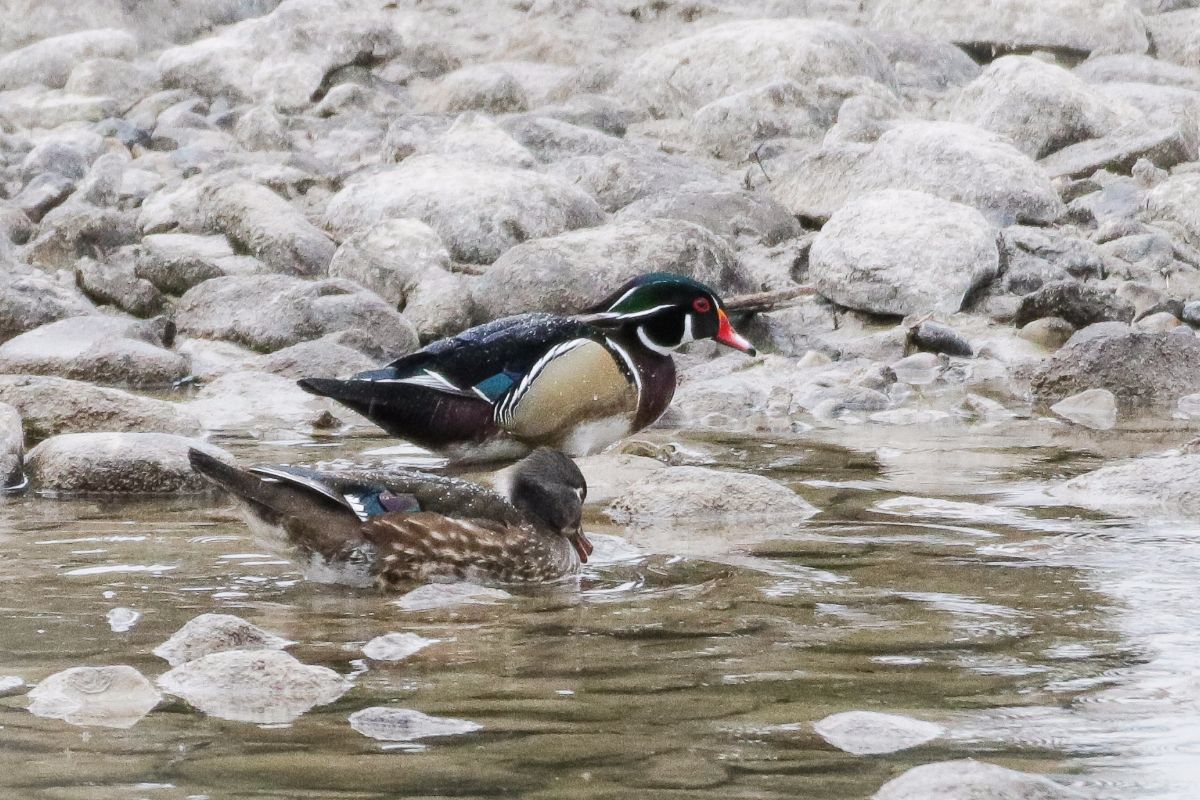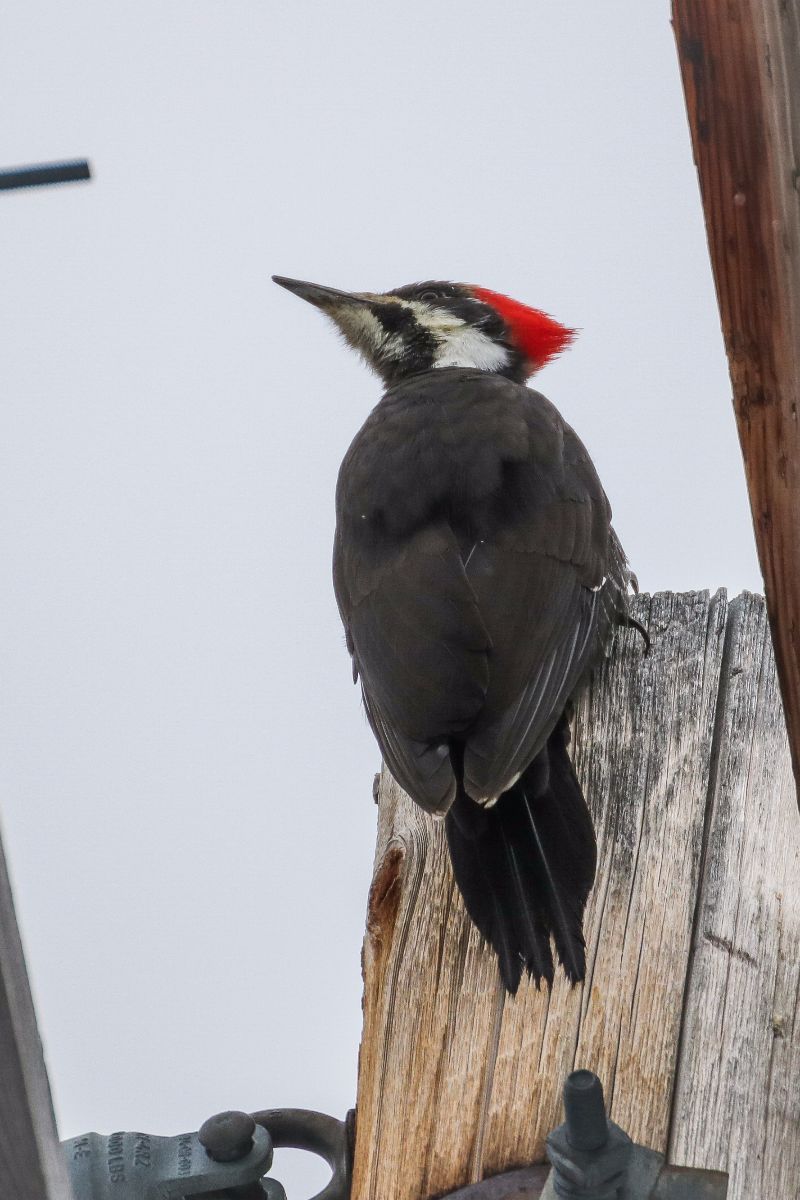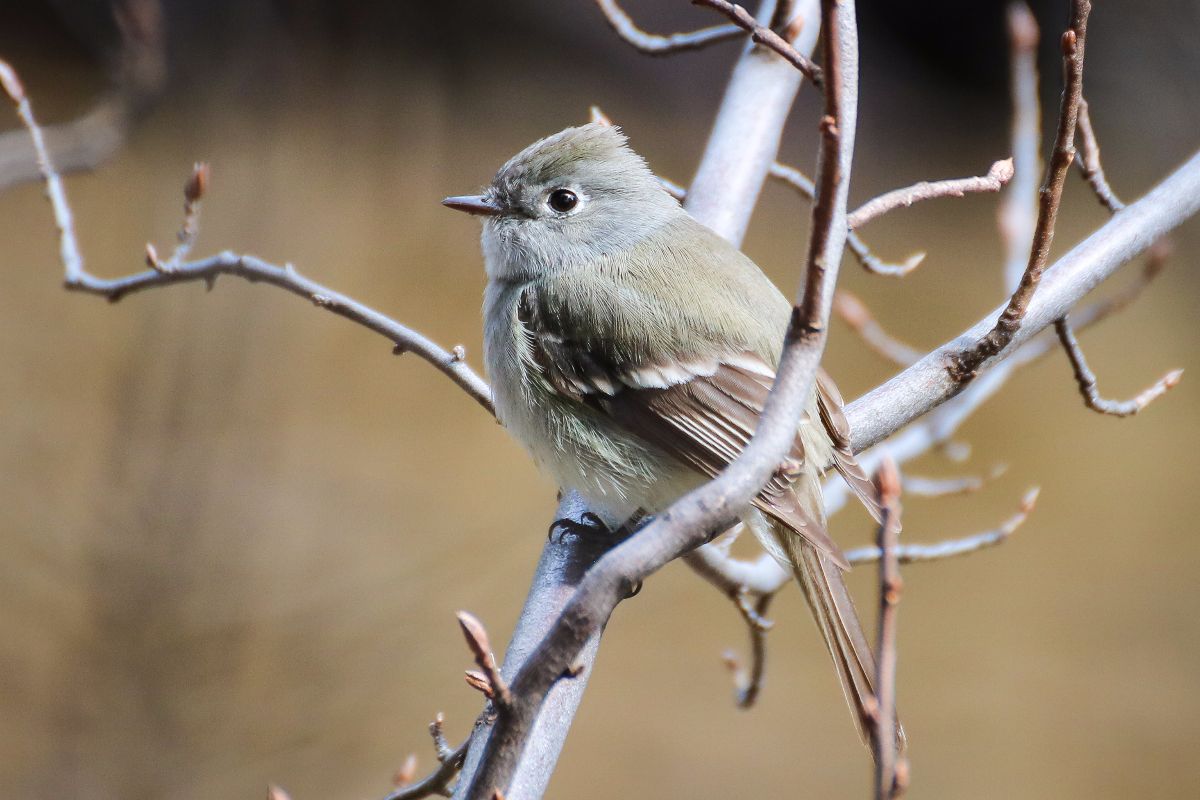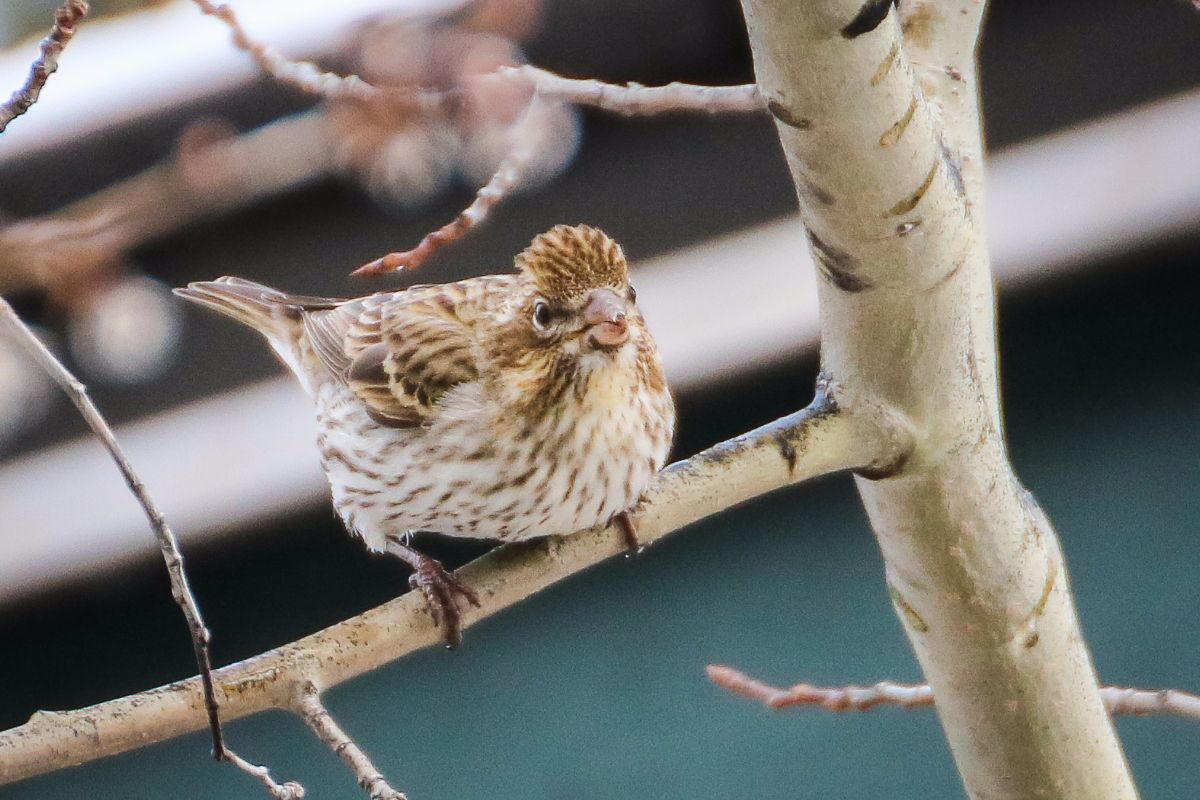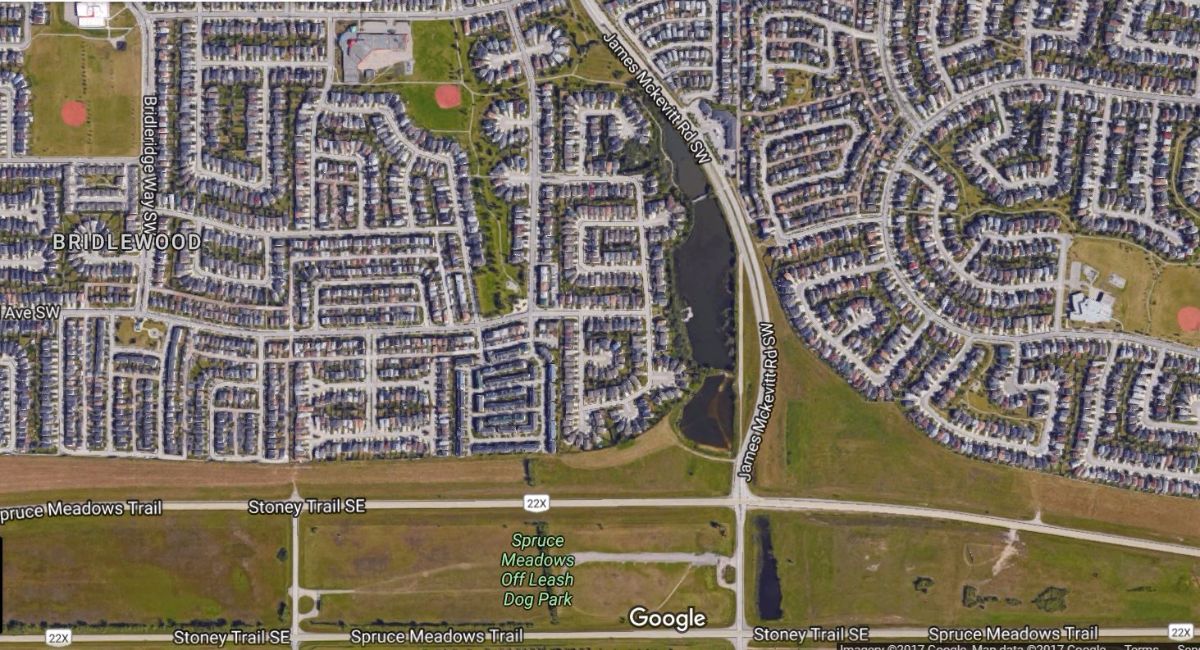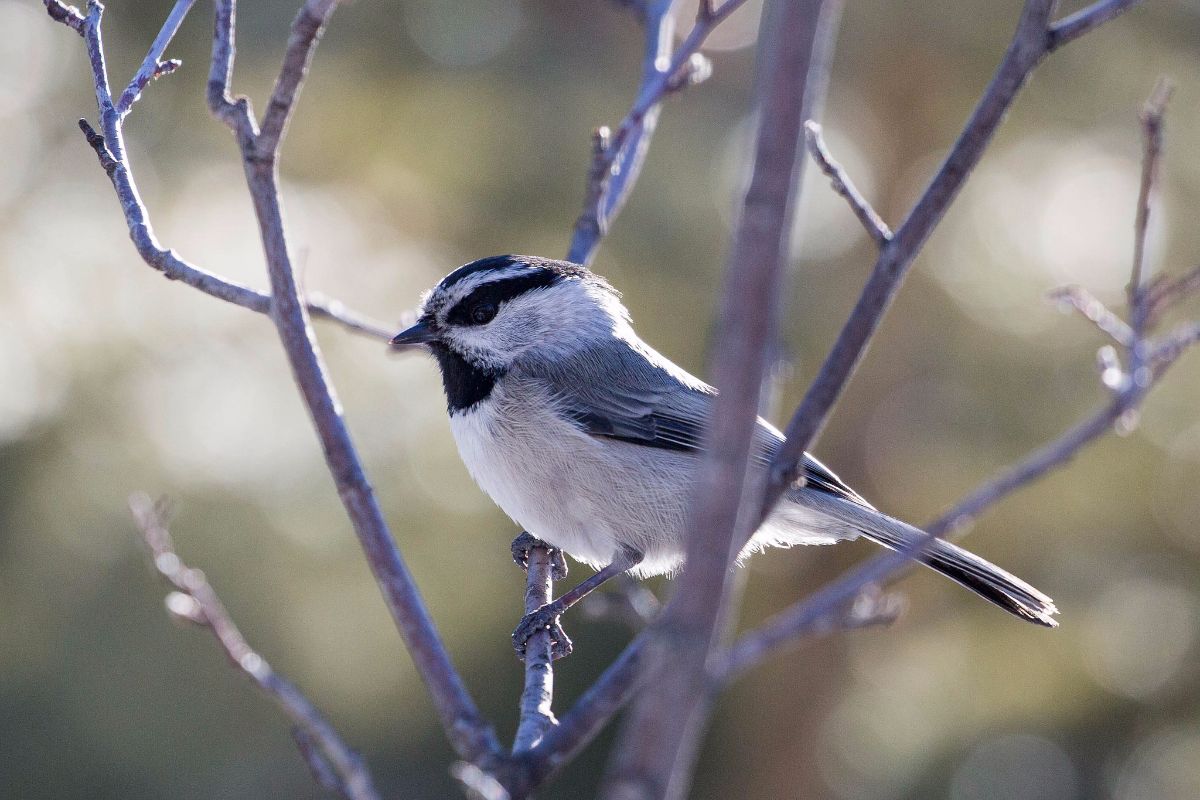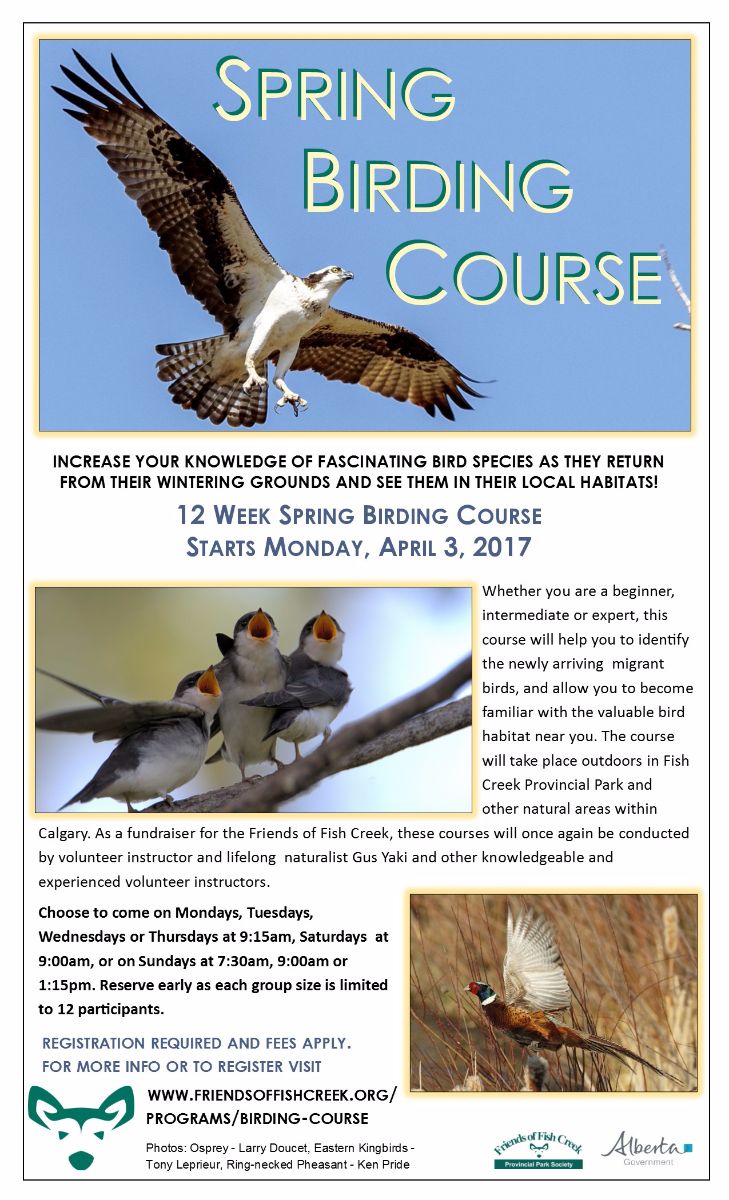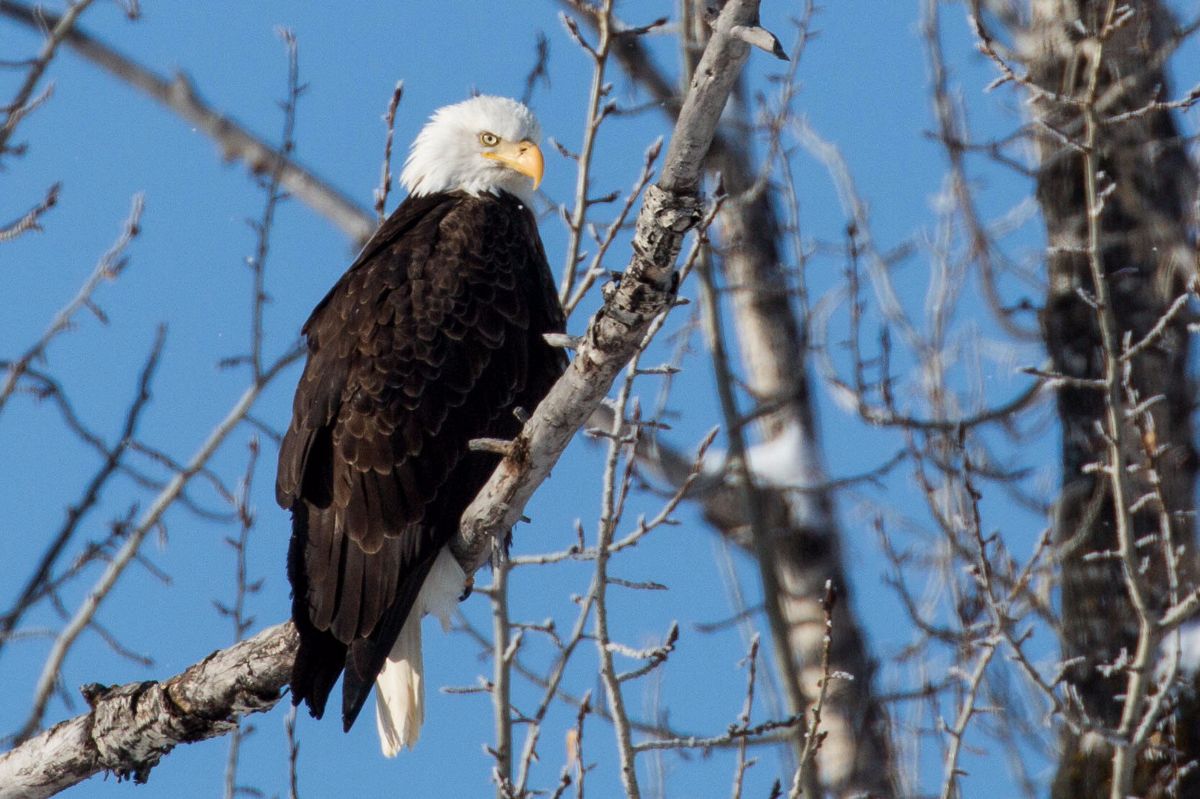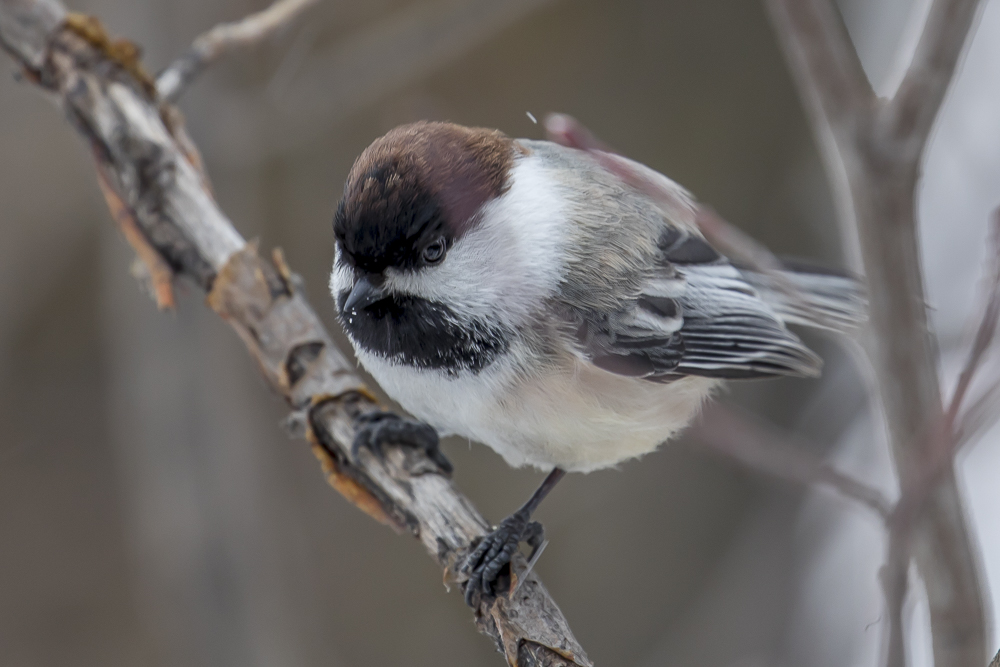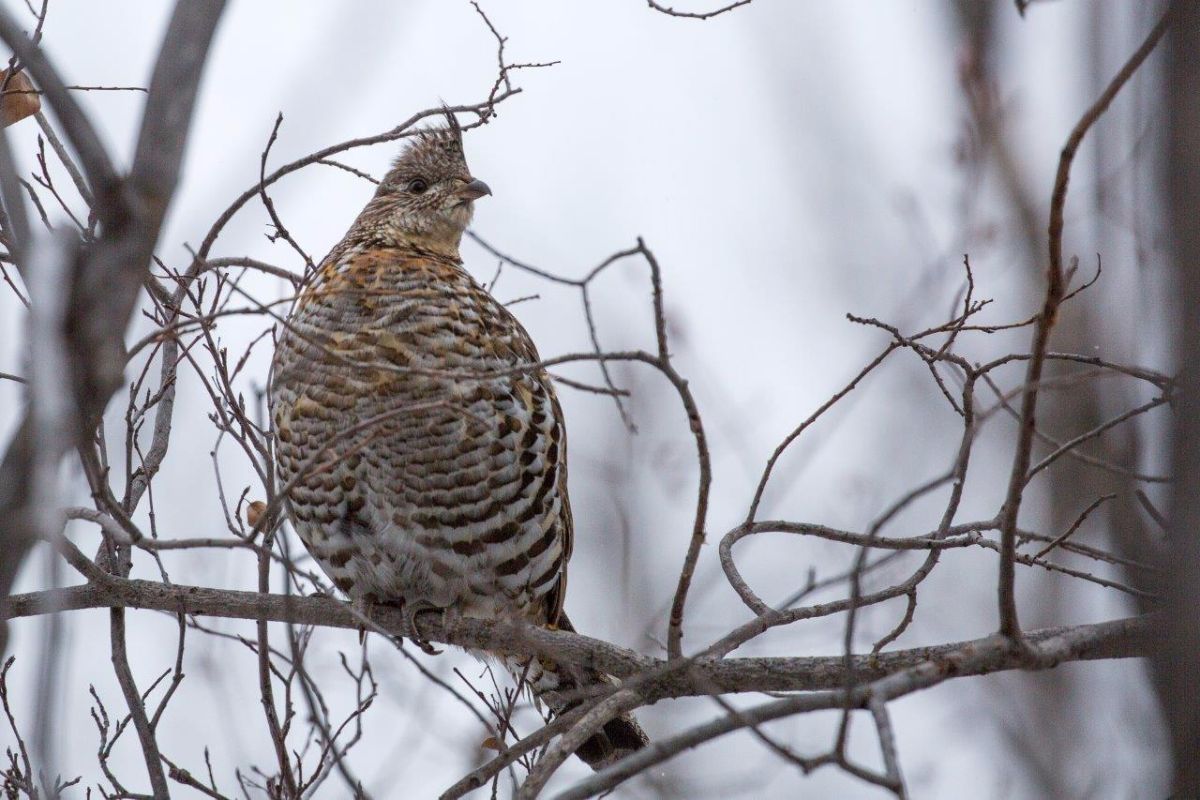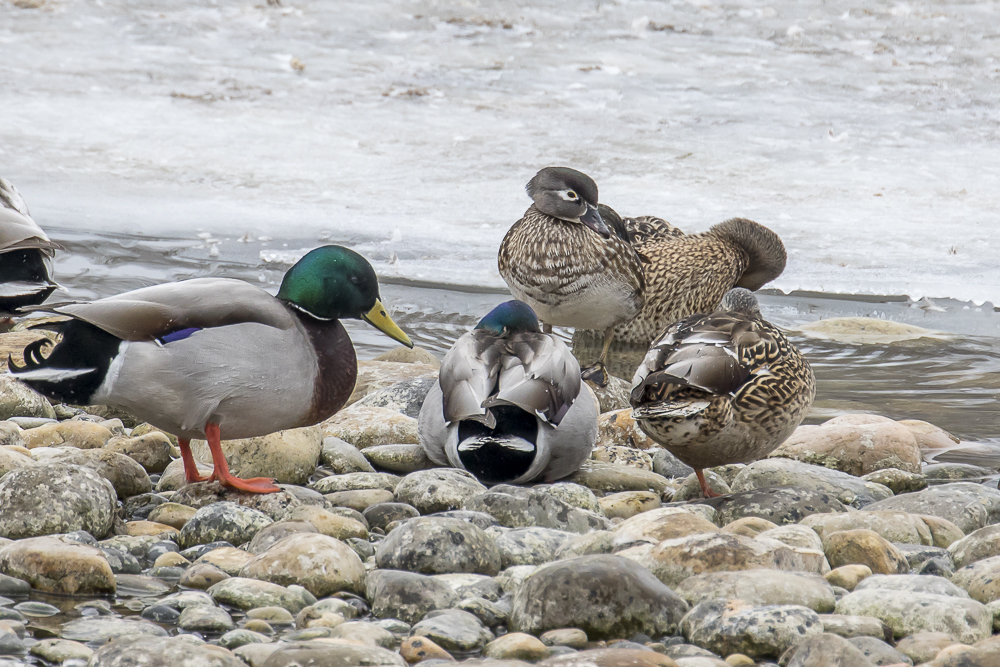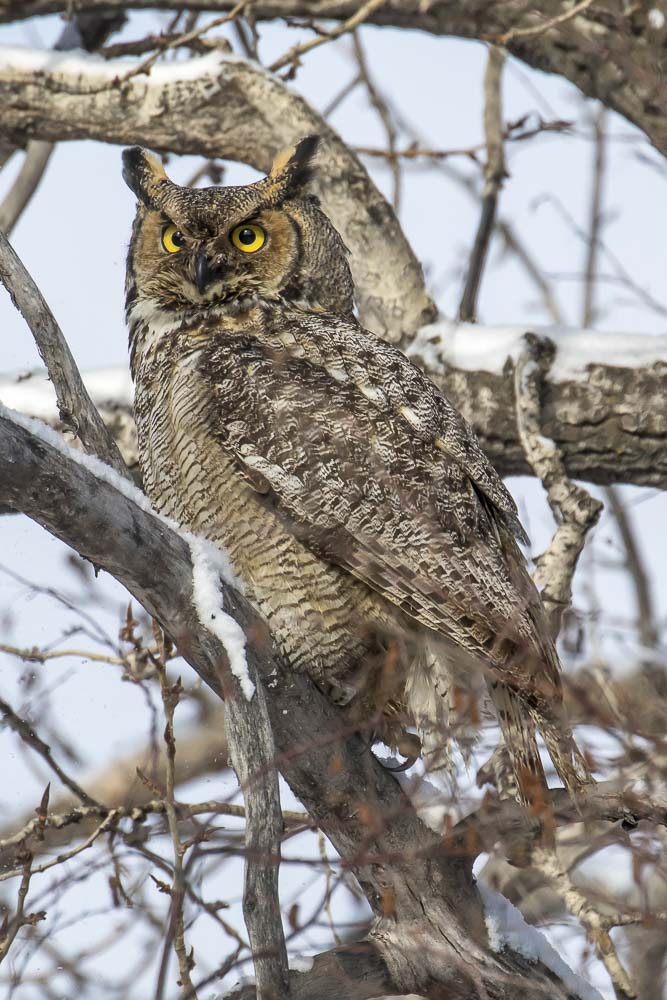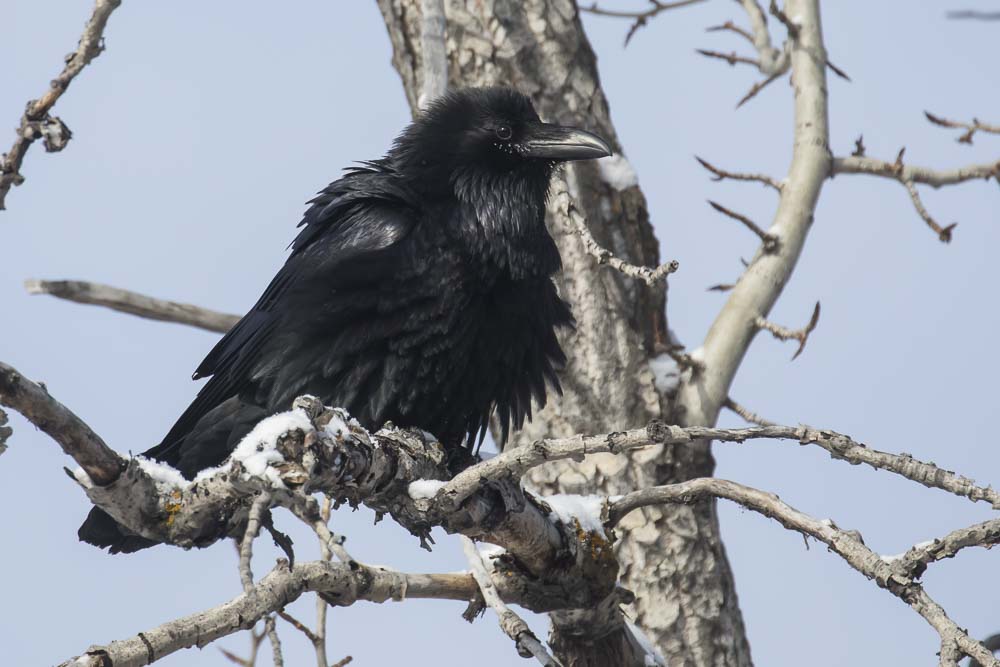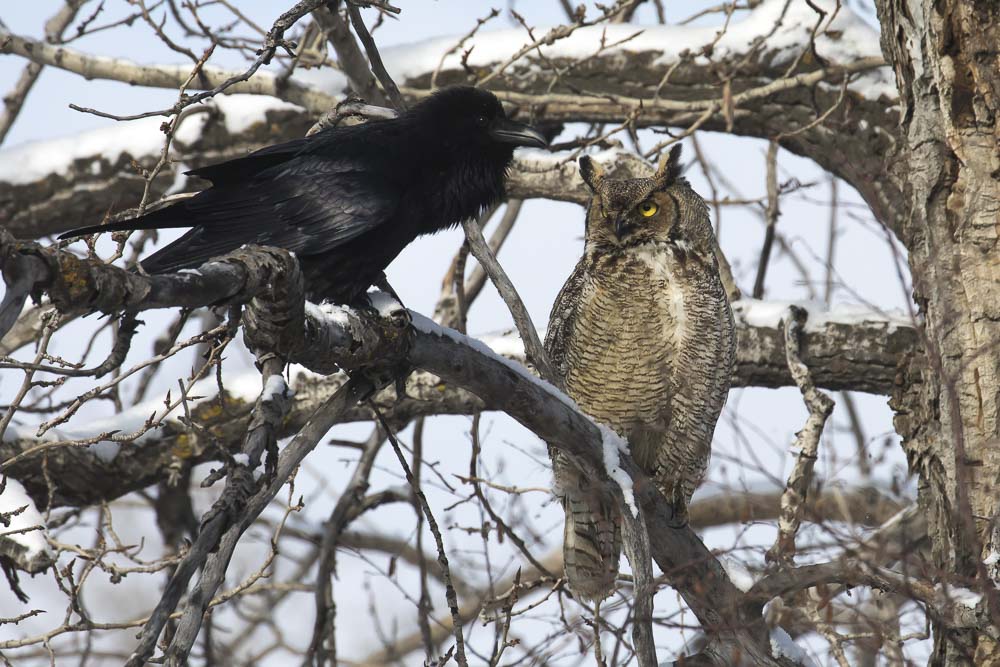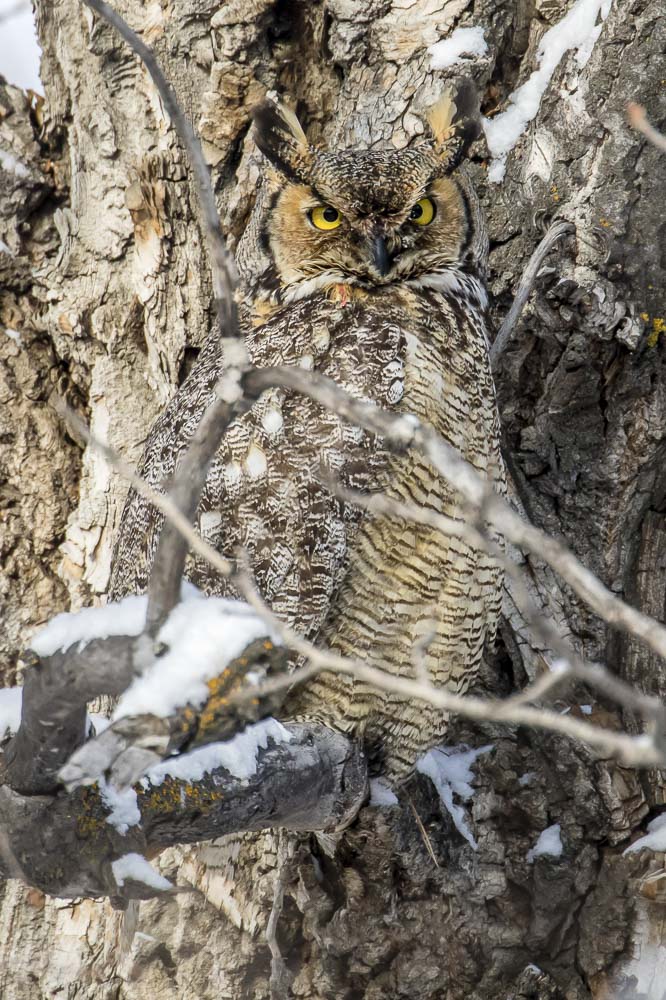Posted by Bob Lefebvre
We’re back! After a really long summer hiatus, it’s time to get posting again. I have a lot of great photos that readers have sent in, and we’ll start with some of Tony LePrieur’s excellent photos of summer birds. Be sure to check back on Friday for his photos of a wide variety of mammals.
First I wanted to mention that although it may seem like a quiet time of year, especially with the steady hot weather we have had, the past couple of weeks have been pretty good for fall warblers and other migrants. Confederation Park in the NW and several locations in the river valleys (notably Mallard Point in Fish Creek Park and Carburn Park in the SE) have had some good birds. Black-and-white, Townsend’s, Magnolia, Canada, Blackburnian, Mourning and Cape May Warblers have all been reported, among others. A Lark Sparrow has been seen at Mallard Point.
I also wanted to mention that a Peregrine Falcon has been seen perched on the Peter Lougheed Hospital in NE Calgary on two occasions by reader R. Michael Fisher, on August 12 and 20. It may be worth checking for it if you’re in the area.
And now for Tony’s photos.

Cedar Waxwing, Fish Creek Park, June 18, 2017. Photo by Tony LePrieur.

Eastern Kingbird, Fish Creek Park, June 18, 2017. Photo by Tony LePrieur.

Spotted Sandpiper, Fish Creek Park, June 18, 2017. Photo by Tony LePrieur.

Great Gray Owl, Priddis area, June 18, 2017. Photo by Tony LePrieur.

Great Gray Owl, Priddis area, June 18, 2017. Photo by Tony LePrieur.

Calliope Hummingbird, Weaselhead. June 18, 2017. Photo by Tony LePrieur.

Sora, Bridlewood Wetlands, June 25, 2017. Photo by Tony LePrieur.

Black-crowned Night-Heron, Fish Creek Park, June 25, 2017. Photo by Tony LePrieur.

Wood Duck female with chicks, Carburn Park, June 25, 2017. Photo by Tony LePrieur.

Yellow Warbler, Carburn Park, June 25, 2017. Photo by Tony LePrieur.

Yellow-headed Blackbird, Frank Lake, June 25, 2017. Photo by Tony LePrieur.

Wilson’s Phalarope, Frank Lake, June 25, 2017. Photo by Tony LePrieur.

Yellow Warbler, Fish Creek Park, July 3, 2017. Photo by Tony LePrieur.

Black-crowned Night-Heron, Fish Creek Park, July 3, 2017. Photo by Tony LePrieur.
To see more of Tony’s photos, go to his Flickr page.

